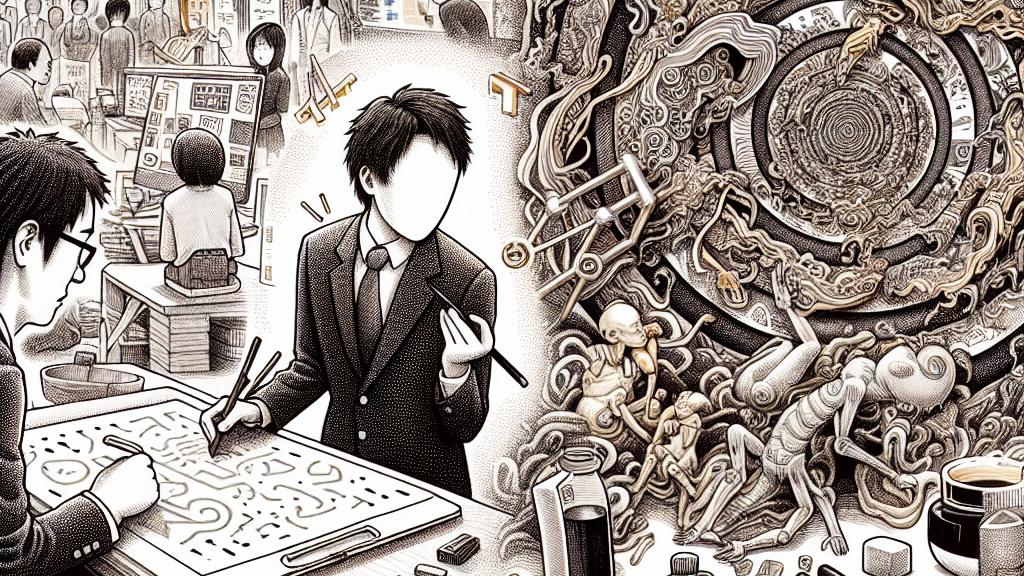Exploring the Impact of Generative AI on Creative Work
Overview
- Generative AI is transforming traditional creative jobs in remarkable and often concerning ways.
- Artists and professionals are increasingly worried about AI's ability to disrupt their careers and the essence of creativity.
- Balancing the efficiency of AI with the irreplaceable qualities of human artistic expression is crucial for the future.

A Pivotal Change in Creative Careers
Stepping into 2025, a startling declaration resonated in Japan's creative community: a professional publicly announced the termination of their instructional design career, citing generative AI as the reason. This wasn't just an individual sentiment; it signified a pivotal change sweeping across the globe. Picture an industry where the unique, personal touch that once defined art is being overshadowed by AI's ability to create stunning content at lightning speed! What does this mean for the future of presented art? For young creatives, this rapid technological evolution raises pressing questions about their roles and the very essence of creativity itself.
The Devaluation of Original Creativity
Within this dynamic landscape, an unsettling trend has emerged: the originality we once cherished may be losing its value. Consider remarkable tools like Adobe Firefly and Midjourney—these innovations empower anyone, even students, to generate impressive artwork and engaging videos with ease. Have we arrived in a world where the barriers to creative pursuits are all but nonexistent? As professionals grapple with this reality, they are increasingly compelled to redefine their roles in the creative process. No longer are they just creators; they now embrace the responsibilities of curators, enhancing and refining AI-generated works. It could be argued that the future of creativity lies in a harmonious blend of human insight and machine efficiency.
Harnessing Opportunities Amidst Challenges
Despite these challenges, opportunities bloom like flowers after rain! Generative AI has the potential to be a powerful ally rather than a mere competitor. Take marketing, for example: companies are now employing generative AI to quickly produce a diverse range of creative ideas for their campaigns. This shift allows talented copywriters to focus on constructing rich narratives that evoke emotion—something AI cannot replicate. Furthermore, as generative AI continues to make inroads into various creative fields, it will be essential for professionals to adapt and leverage these tools effectively, ensuring they remain relevant and innovative.
Navigating the Complex Future of Creativity
The rise of generative AI invites not only opportunities but also vital discussions about the future of creativity itself. Will traditional roles continue to hold value, or are we on the brink of a new era of artistic expression? Engaging in conversations about collaboration with AI, rather than fearing obsolescence, opens doors to exhilarating prospects. We might be on the verge of discovering entirely new forms of artistry. Indeed, as we rethink our relationship with these technologies, the question shifts from mere survival to how we can thrive alongside them in a creative landscape rich with possibilities!

Loading...